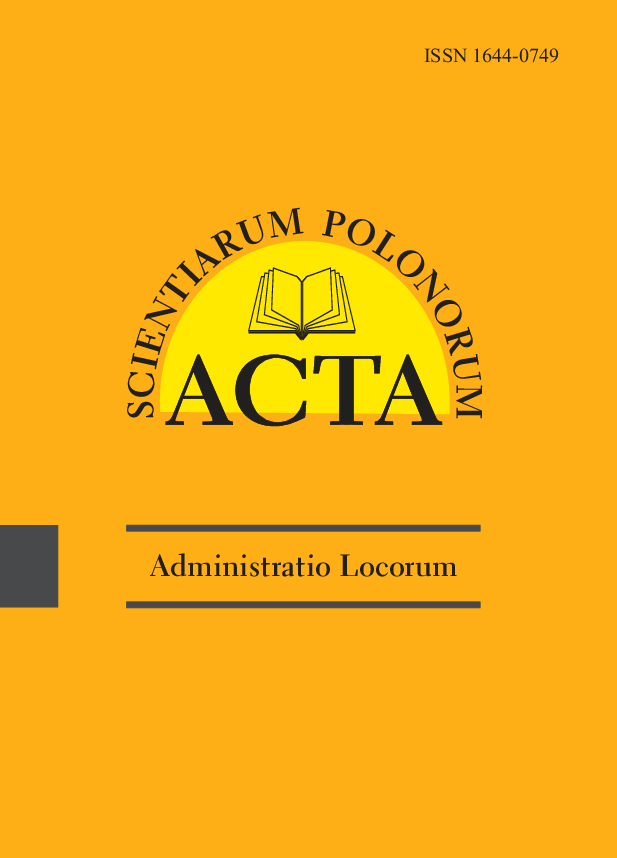Planning Steps of Urban Green Infrastructure in Existing Cities
Planning Steps of Urban Green Infrastructure in Existing Cities
Author(s): Maryam F. Abdulateef, Hoda A.S. Al-AlwanSubject(s): Geography, Regional studies
Published by: Wydawnictwo Uniwersytetu Warmińsko-Mazurskiego w Olsztynie
Keywords: Climate change; green infrastructure; Smart planning; adaptation; mitigation; Existing cities
Summary/Abstract: The negative impacts of climate change have spread widely and calls increased toward finding smarter strategies that can support both climate change adaptation and mitigation. Urban Green Infrastructure (UGI) is considered a certain type of such strategies. The literature review indicates a lack of knowledge regarding the planning steps of UGI in existing cities. In addition, the comparison between the studies that tackle the subject point out that there are differences between the definition and sequence of these steps. The current research aims to find out the optimal planning steps of UGI and the most acceptable sequence of the planning process for climate change smart adaptation in existing cities. By using the methodology of “learning by doing”, the research seeks to conclude these steps from the world’s real practices. A cross-case analysis was conducted between four main practices to define the relationship between their planning steps and determine their similarities and differences. The crossanalysis revealed that the practices almost followed similar processes but with different definitions and sequences of planning steps. Based on the intersections between practices and by following the planning logic, the optimal definition and sequence of UGI planning were extracted and outlined in “seven planning steps”. These steps include: providing the precise identification of the impact, identifying the higher-risk neighborhoods, collecting data about the existing conditions, protecting and enhancing existing green and blue elements, adding new UGI assets, drawing the results, and finally calculating the UGI effectiveness. This set of steps can guide the whole process of UGI planning and ensure the maximum benefits of employing it in existing cities to achieve the climate change smart adaptation.
Journal: Acta Scientiarum Polonorum Administratio Locorum
- Issue Year: 21/2022
- Issue No: 4
- Page Range: 465-478
- Page Count: 14
- Language: English

